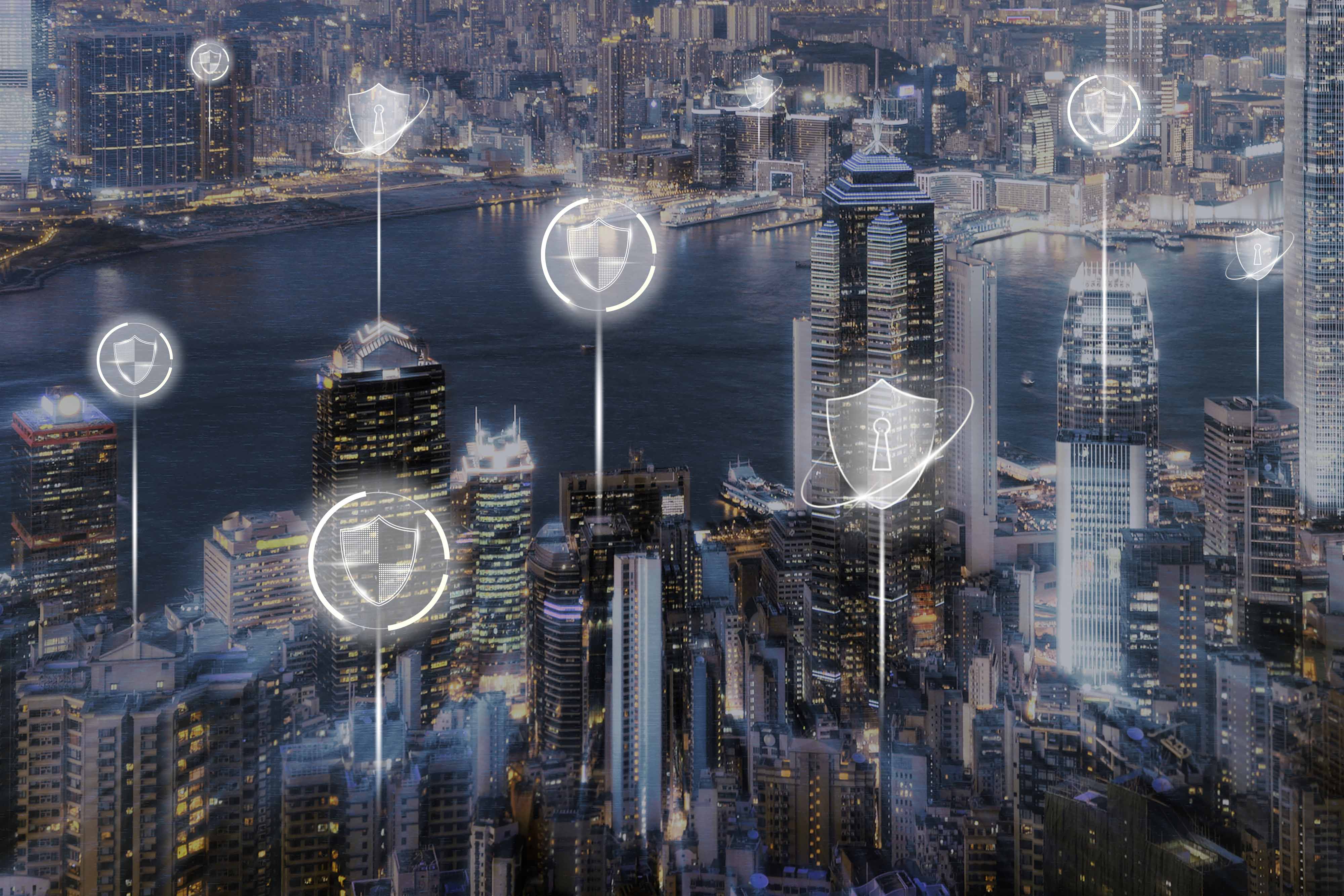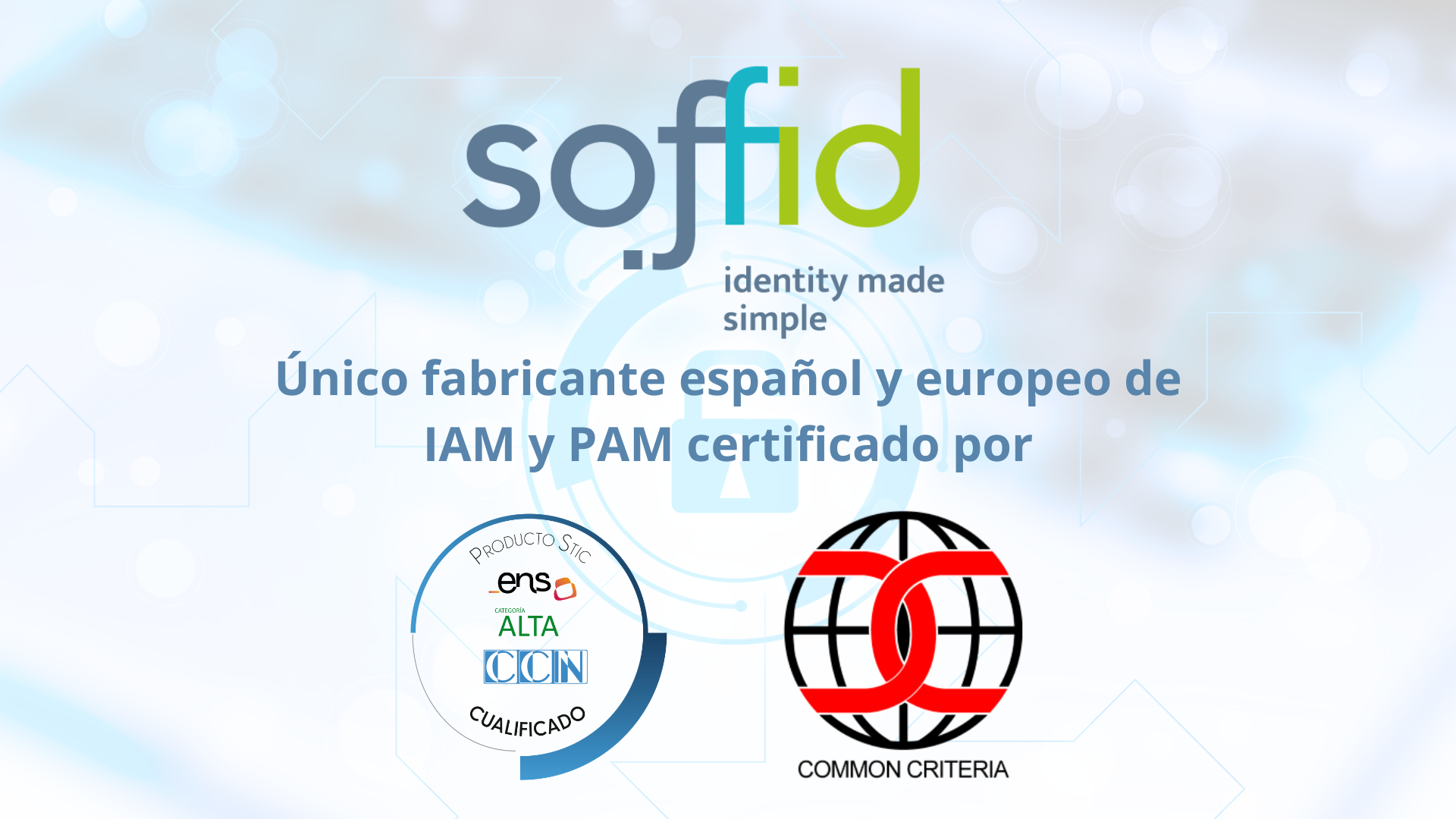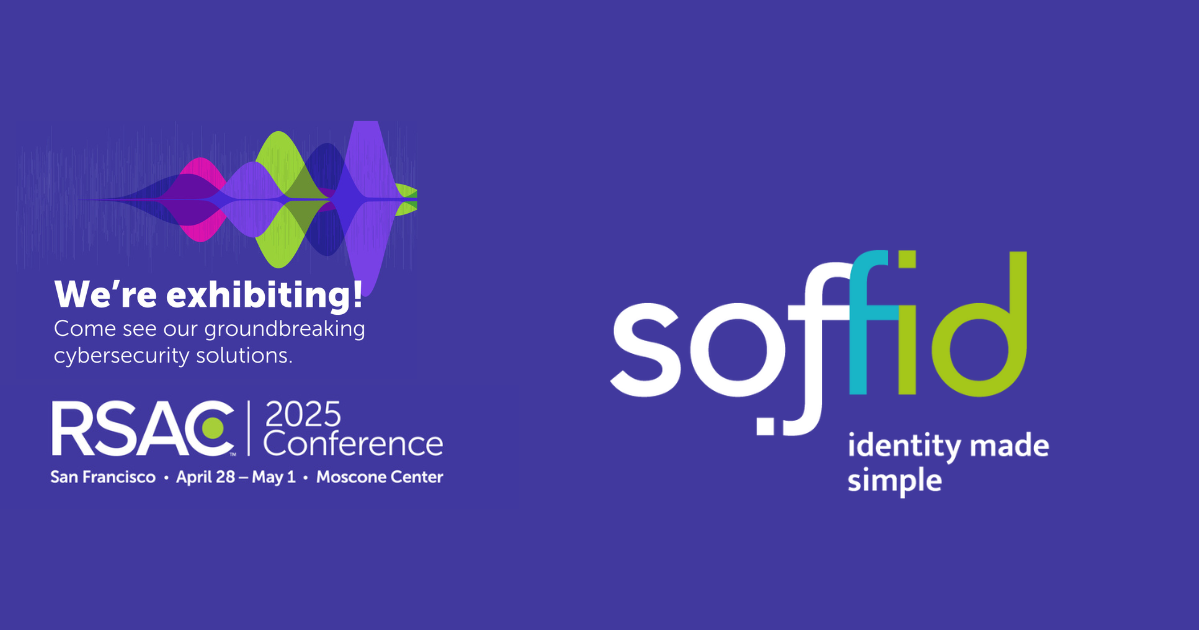The deeper we foray into the Internet Age, the more organizations turn to AI to raise our productivity, improve sales, or enhance our experiences. Now, they are also turning to it to shore up their defenses against the crime that inevitably follows.
As traditional company barriers broke down, and remote working became the norm, the threat landscape rapidly changed, bringing cybersecurity to centre stage for every digital organisation.
To be resilient in this hybrid working paradigm, businesses need to react to this evolved landscape as threats continue to grow both in size and complexity. Threats now exist both from within and externally, from individuals, cybercrime organisations and even nation states. The existing norms of securing organisational IT will not stand to test in this new reality.
Enterprises and business composability
Enterprises that employed «business composability» were more likely to succeed during the volatility caused by the pandemic, according to Gartner. That volatility is here to stay, so now is the time to get ready for it.
Nearly two years after a massive disruption hit enterprises, a few lessons are evident.
Some organizations quickly adapted to the circumstances, recognized the opportunities available, and acted to capitalize on them. Other organizations were caught unprepared for the unexpected and struggled to keep going. Then, some of them shut down.
What separated the successful organizations from that subsisted or didn’t make it at all?.
Basically, one factor might be what Gartner is calling “business composability,” or “the mindset, technologies, and a set of operating capabilities that enable organizations to innovate and adapt quickly to changing business needs.” However this composability was a major heme at the Gartner IT Symposium/Xpo Americas, and Gartner is promoting the concept of business composability.
“Business composability is an antidote to volatility,” says Monika Sinha, research VP at Gartner,. “Sixty-three percent of CIOs at organizations with high composability reported superior business performance, compared with peers or competitors. Also, they are better able to pursue new value streams through technology, too.”
Sinha compares the concept of composability to the way toy Legos work. She told InformationWeek in an interview that composability is about creating flexible and adaptive organizations with departments that can be re-arranged to create new value streams. So, she says organizations should target the following three domains of business composability:
1. Composable thinking
“This is the ability to be dynamic in your thinking as an organization,” Sinha says.
This kind of thinking recognizes that business conditions often change, and it empowers the teams closest to the action to respond. “Traditional business thinking views change as a risk, while composable thinking is the means to master the risk of accelerating change and to create new business value.”
2. Composable business architecture
This is the ability of organizations to create dynamic ways of working, Sinha says. For instance, during the pandemic, some retailers were able to pivot quickly to providing curbside pickup, and some healthcare providers.
“Organizations looked at different types of models in terms of delivery,” she says. “In these types of organizations, it is really about creating ‘agile’ at scale, and agile types of working in the organization.”
Sinha notes that digital business initiatives fail when business leaders commission projects from IT and then shirk accountability for results, treating it as another IT project.
“High-composability enterprises embrace distributed accountability for digital outcomes, reflecting a shift that most CIOs have been trying to make for several years.
Also create multidisciplinary teams that blend business and IT units to drive business results,” Sinha says.
3. Composable technology
Generally, This is the IT architecture or technology stack, says Sinha. Technology is a catalyst for business transformation and thinking, furthermore, developing a flexible and modular technology architecture enables bringing together the parts needed to support transformation.
Distributed cloud and artificial intelligence are the two main technologies that a majority of high-composability enterprises have already deployed or plan to deploy in 2022, according to Gartner’s CIO Agenda survey. Gartner notes that these technologies are a catalyst for business composability because they enable modular technology capabilities.
Tech investments for 2022
Another major technology at the top of the list of planned investments for 2022 is cyber and information security, with 66% of respondents saying they expect to increase associated investments in the next year.
“Many organizations were dabbling with composability before the pandemic,” Sinha says. “What we saw was that those that were composable came out ahead after the pandemic. The pandemic highlighted the importance and the value of composability.”
Now, as many organizations look to find what is the “new normal”. It’s important to understand that there may not actually be one.
“This type of volatility is here to stay,” Sinha said. Now is the time to “leverage technology as a catalyst for creating more composable businesses.”
sources:
(1) Informationweek
(2) technologyrecord.com
(3) Business Insider
Picture: <a href=’https://www.freepik.es/fotos/tecnologia’>Foto de Tecnología creado por rawpixel.com – www.freepik.es</a>





